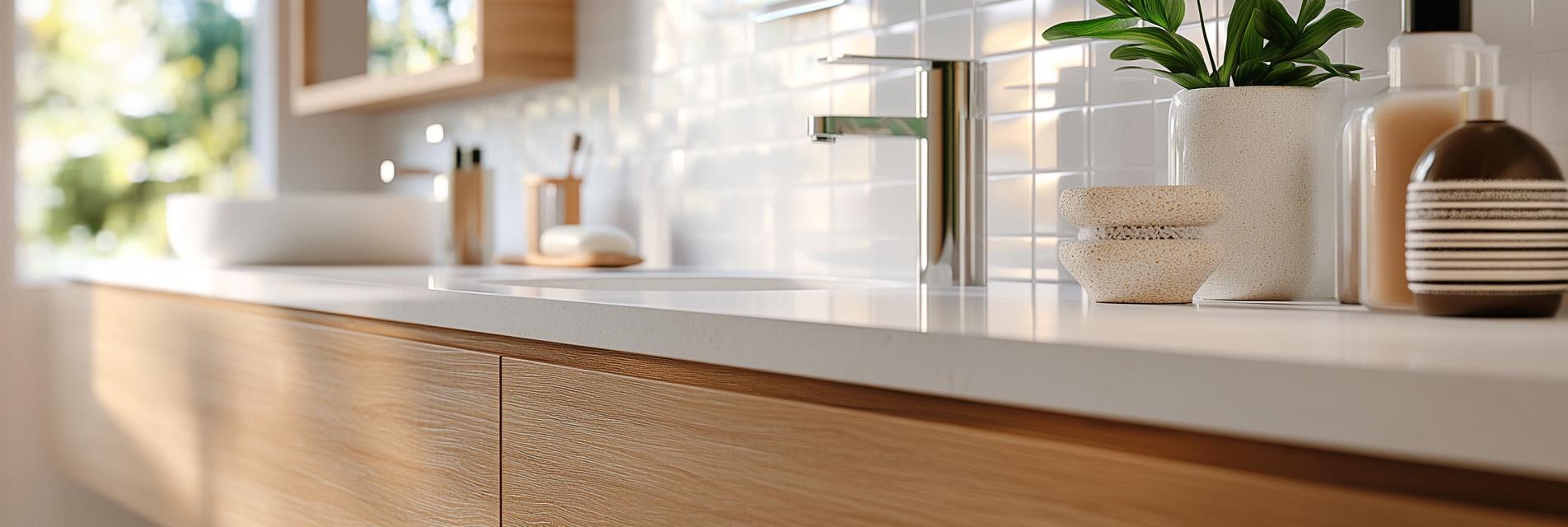When it comes to designing your bathroom, choosing the right vanity material is crucial for both functionality and aesthetics. This guide will compare various materials used in bathroom vanities, exploring their durability and suitability for a high-moisture environment.
Solid wood offers a timeless appeal and robustness. If properly sealed, it can withstand moisture and humidity effectively. High-quality hardwoods like oak and maple are particularly durable, making them a favored choice for luxury bathrooms.
MDF is a popular choice due to its affordability and smooth surface, ideal for painting. However, MDF can swell and warp with excessive moisture exposure. It’s best suited for bathrooms with good ventilation and moderate humidity.
Plywood is composed of several thin layers of wood veneer, making it more stable than MDF and less prone to warping. It comes with a high resistance to moisture when finished correctly. Plywood is an excellent compromise between durability and cost.
In terms of longevity, solid wood reigns supreme, especially in high-quality finishes. Plywood follows closely, offering good moisture resistance at a mid-range cost. MDF, while economical, tends to be less durable in the long run unless specifically treated for moisture resistance.
Choosing a bathroom vanity material depends on your budget, style preferences, and the level of humidity in your bathroom. For long-lasting durability, solid wood or plywood is recommended.

